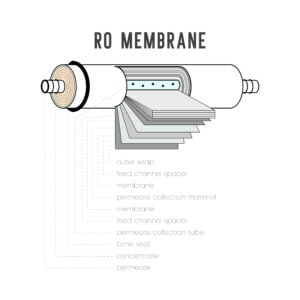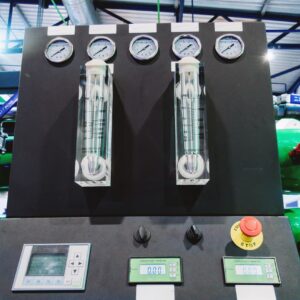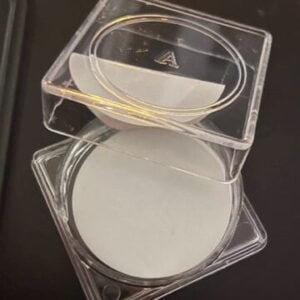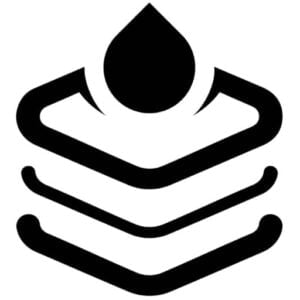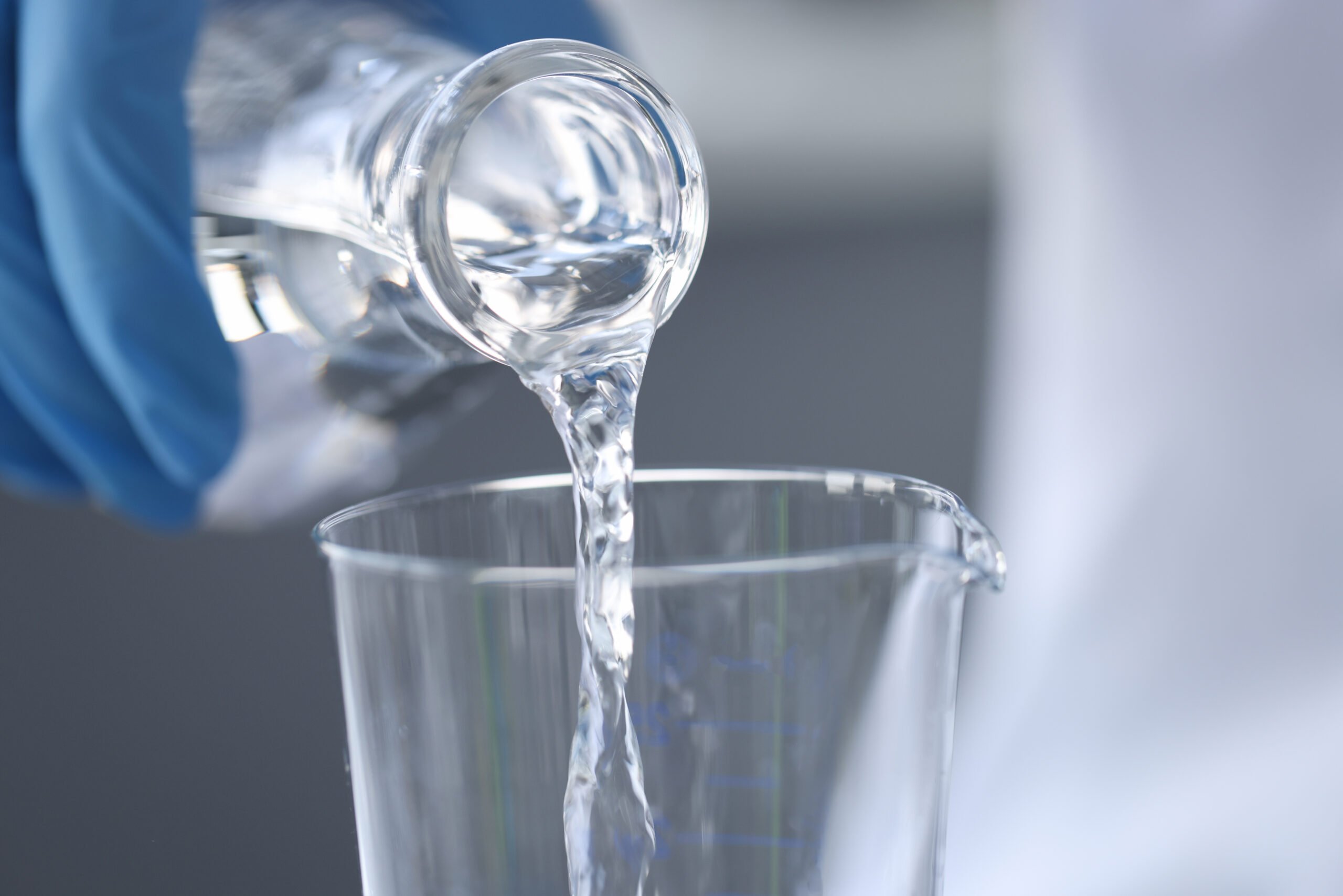
Enhancing Feedwater Quality: Optimizing Pre-Filtration, Chlorine Removal, and pH Control
In water treatment plants, there are several essential processes that must be followed to ensure that the water being treated is of high quality. Feedwater quality is a crucial factor in determining the effectiveness of the entire water treatment system. The water must have good pre-filtration, chlorine removal, and pH control. In this article, we will discuss the importance of improving feedwater quality and strategies for optimizing pre-filtration, chlorine removal, and pH control.
Improving Feedwater Quality: Pre-Filtration, Chlorine Removal, and pH Control
Pre-filtration is an essential process that removes particles, solids, and impurities from the water before it enters the treatment process. Effective pre-filtration ensures that the water is free of debris and impurities, which can clog the filters and reduce the effectiveness of the treatment process. One strategy for improving pre-filtration is to use multiple layers of filters with different pore sizes. This will help to trap particles of different sizes and keep the water free of impurities.
Chlorine is commonly used in water treatment plants to disinfect the water and kill harmful bacteria. However, too much chlorine can affect the taste and odor of the water. Therefore, it is essential to remove excess chlorine from the water. The use of activated carbon filters is an effective strategy for removing chlorine from the water. The activated carbon filters help to absorb the chlorine, which improves the taste and odor of the water.
pH control is a critical process in improving feedwater quality. The pH level should be maintained between 6.5 and 8.5 to ensure the effectiveness of the treatment process. When the pH level is too high or too low, it can affect the effectiveness of the treatment process and cause damage to the equipment. One strategy for pH control is to add chemicals to the water to adjust the pH level.
Strategies for Optimizing Feedwater Quality: Effective Pre-Filtration, Chlorine Removal, and pH Control
To optimize feedwater quality, effective pre-filtration, chlorine removal, and pH control are essential. One strategy for optimizing pre-filtration is to use pre-treatment systems that can remove the impurities and solids from the water before it enters the treatment process. This will help to reduce the load on the filters and improve their effectiveness. Another strategy is to use automatic backwash filters that can remove the impurities and solids from the water and clean the filters automatically.
To optimize chlorine removal, it is essential to monitor the chlorine levels in the water regularly. This will help to determine the effectiveness of the removal process and ensure that the chlorine levels are within the acceptable limits. Another strategy is to use multiple stages of activated carbon filters to ensure that all the chlorine is removed from the water.
To optimize pH control, it is essential to use automatic dosing systems that can adjust the pH level automatically. This will help to maintain the pH level within the acceptable limits and reduce the risk of damage to the equipment. It is also important to monitor the pH level regularly to ensure that it is within the acceptable range.
In conclusion, improving feedwater quality is crucial in any water treatment system. Effective pre-filtration, chlorine removal, and pH control are essential processes that ensure that the water being treated is of high quality. Strategies for optimizing pre-filtration, chlorine removal, and pH control include the use of pre-treatment systems, automatic backwash filters, multiple stages of activated carbon filters, and automatic dosing systems. By implementing these strategies, water treatment plants can significantly improve the quality of their feedwater and ensure that their treatment processes are effective.

